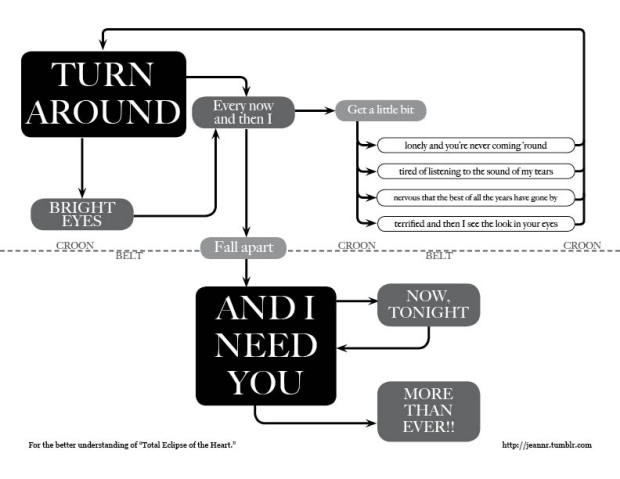As many of you know I’m just one graduate student maintaining FlowingData. Needless to say I would not have been able to handle the financial load without the FlowingData sponsors. Projects like your.flowingdata and FlowingPrints (coming soon) probably wouldn’t be around either.
So thank you, sponsors for your support. Please do check out their offerings. They all aim to make data useful, which is what FlowingData is all about.
InstantAtlas — Enables information analysts to create interactive maps to improve data visualization and enhance communication.
NetCharts — Build business dashboards that turn data into actionable information with dynamic charts and graphs.
Tableau Software — Data exploration and visual analytics for understanding databases and spreadsheets that makes data analysis easy and fun.
IDV Solutions — Create interactive, map-based, enterprise mashups in SharePoint.
Freakalytics — Get Tableau Training- live, hands-on by author of “Rapid Graphs.” Registration is opening up across the country.
Want to sponsor FlowingData, your most favorite blog in the whole wide world? Email me, and I’ll get back to you with the details.


















 Visualize This: The FlowingData Guide to Design, Visualization, and Statistics (2nd Edition)
Visualize This: The FlowingData Guide to Design, Visualization, and Statistics (2nd Edition)










